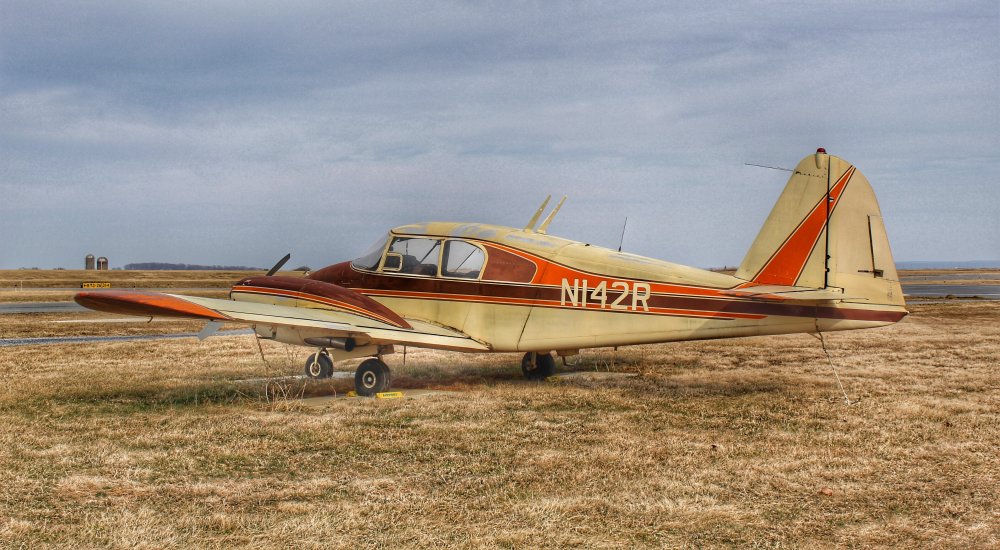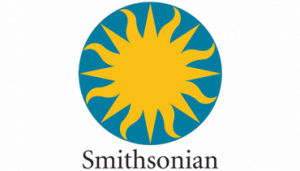Charles A. Lindbergh Chair in Aerospace History

Work on a book project in aerospace history in this prestigious fellowship at the National Air and Space Museum open to senior scholars and non-academic writers.
More About Our Fellowships
This is one of several fellowships offered by the National Air and Space Museum.
Fellowship opportunities are open to researchers and writers at many levels, including predoctoral, postdoctoral, non-academic researchers, and aspiring conservators.
Learn More About the Benefits of a Fellowship
Fast Facts About the Charles A. Lindbergh Chair in Aerospace History
- Open To: Senior scholars and non-academic authors with a distinguished record of publication who will be at work on a book or other significant scholarly research project in aerospace history.
- Duration: 12-month fellowship
- Stipend: $100,000
- Travel and Research Expenses: Up to $5,000
- In Residence
- Applications Open: Due to the government shutdown, applications for the 2026 Fellowships will be postponed. The application period will be adjusted accordingly. Please check back for updates.
- Application Deadline: December 15
- Start Dates: The Lindbergh Chair starts a year after being selected. For instance, applicants applying in winter 2025 and selected in spring 2026, will start in fall 2027.
- Qualifications: Distinguished record of publication
- Fellowship Experience
- Work on a book project or other major publication
- Interact with Museum staff, including attending professional seminars and colloquia
- Make at least one work-in-progress staff presentation on your topic
How to Apply
Applicants must apply through the Smithsonian Online Academic Appointment System (SOLAA).
To submit an application:
- Create an account.
- Add a new application.
- Select “National Air and Space Museum” under Office/Museum/Research Center.
- Fill out the application and submit.
As you work on your application, you can save your progress and resume your application as needed.
Your Application Should Include:
A research proposal
This statement (1,500 words or less) should set forth your research plan, indicating the importance of the work both in relation to the larger discipline and to your own intellectual goals.
The proposal should contain:
- Evaluation of the contributions that Museum staff members are expected to make to your studies
- What Museum collections, special facilities, and other resources are needed
- How your research will benefit from additional resources in the Washington, DC area
- Justification for the research-related expenses included in the research budget
- An annotated historiographical introduction to the subject field of your proposal
- How your research will be shared
A summary description of your proposed research
250 words or less
Three letters of recommendation
These can be submitted after the application but before December 15
A research budget
This covers travel costs and support for the research itself.
It does not include the fellowship stipend, relocation expenses, living expenses, travel for research, or office supplies and equipment (such as paper, pens, computers, laptops, cameras, canners, etc.).
Bibliography
Of literature relevant to the applicant's proposed research, especially that cited in the research proposal.
Estimated schedule
For each phase of proposed research
Curriculum vitae or résumé
Including publications, fellowships, or accomplishments relevant to your proposal. (5 MB upload limit)
Applicants should indicate which National Air and Space Museum staff member you intend to work with.
How to Pick a Smithsonian Staff Advisor
All applicants must identify a Smithsonian staff advisor. Applicants are encouraged to reach out to potential advisors before applying.
Explore the expertise areas of all National Air and Museum staff through our staff profiles.
How Applications Will Be Evaluated
Applications will be read by Museum staff. The application and reviewer comments will then be compiled and submitted to the selection committee.
Selection will be based on:
- The scholarly merits of the proposal
- The project’s potential contribution to the field of aviation and space history
- The project’s utilization of Museum resources and staff
- The project’s potential contribution to Museum programs
- The research and academic record of the applicant
